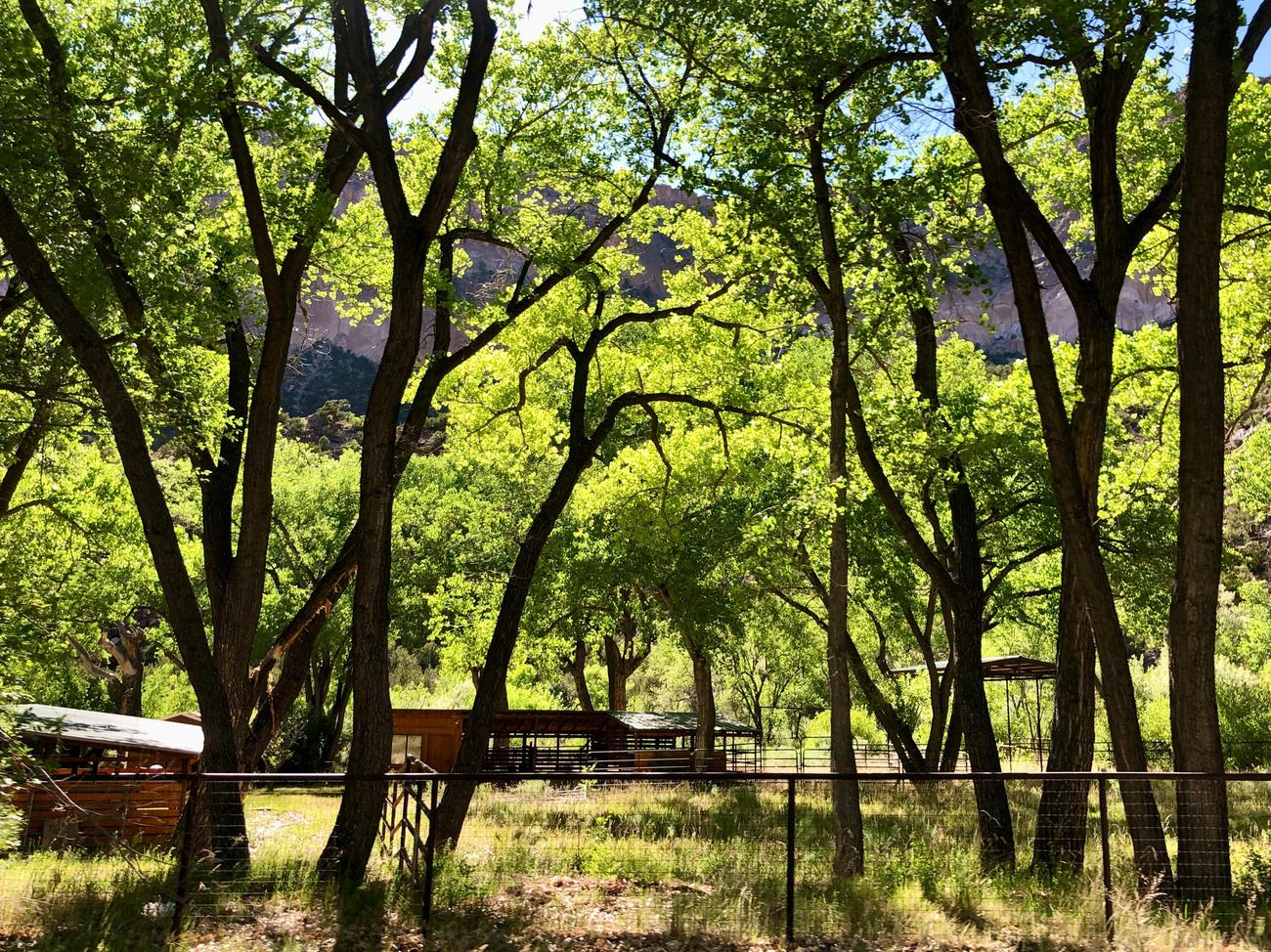Prepare to embark on a journey into the enchanting world of cottonwood trees, where the wonders of nature will leave you amazed. In this article, we will delve into a treasure trove of fascinating facts about these magnificent giants. From their whimsical cotton-like seeds that grace the breeze, to the awe-inspiring heights they can reach, cottonwoods possess a charm like no other. So, sit back and let us unveil the mysterious and intriguing secrets of cottonwood trees, as we explore their unique place in our natural environment.

Interesting Facts About Cottonwood
Cottonwood trees are truly enchanting, with their towering height and intriguing features. As a horticulturist specializing in cottonwoods, let me take you on a journey through some fascinating facts about these magnificent trees.
1. Speedy Growth and Towering Heights
Did you know that cottonwood trees are some of the fastest-growing trees in North America? They can reach an astonishing rate of 6 feet in height each year! It’s like watching nature’s skyscrapers grow right before your eyes. These majestic giants can ultimately soar to over 100 feet in height with a trunk diameter of 6 feet. Their broad canopies spread over 75 feet wide, providing shade and shelter to a multitude of creatures.
“From tiny saplings to towering giants, cottonwood trees are the sky-reaching champions of growth.”
2. Male vs. Female – An Intriguing Distinction
In the world of cottonwoods, gender plays a significant role. Interestingly, cottonwood trees have separate male and female parts, and it’s only the female trees that produce the distinctive cottony substance that gives these trees their name. It’s a fascinating natural distinction, where only some trees can produce the fluffy strings of seeds that get carried away by the breeze.
“In the realm of cottonwoods, male and female trees hold their roles, with the females donning fair cottony crowns.”
3. Soft and Strong Timber
Cottonwood trees possess a remarkable quality of soft and strong timber. This unique combination makes them highly useful and sought-after in various industries. Their timber serves as an affordable type of hardwood and is utilized for construction, tool making, and other woodworking ventures. The softness allows for easy carving and crafting, while the strength ensures reliability and longevity.
“Cottonwood timber, with its paradoxical blend of softness and strength, stands as a versatile resource in the realm of woodworking.”
4. The Native American Connection
Cottonwood trees hold immense cultural importance among Native American communities. These trees were not just part of their environment; they were sources of sustenance, inspiration, and medicine. Native Americans utilized cottonwood trees to create dugout canoes, which facilitated their travels across water bodies. Moreover, they also made medicinal tea from the bark of the cottonwood, harnessing its healing properties.
“Cottonwood trees, revered by Native Americans, were boats of exploration and vessels of healing, connecting people to both land and water.”
5. Ecosystem Superstars
Cottonwood trees stand as vital components of American forest ecosystems, especially near water bodies such as rivers and lakes. They provide food and shelter to numerous species, contributing to the intricate web of life that sustains our natural environment. These trees serve as essential habitat corridors, welcoming diverse wildlife and supporting biodiversity.
“In the grand tapestry of ecosystems, cottonwood trees play a vital role, hosting a magnificent gala of creatures seeking refuge and sustenance.”
6. Mother Nature’s Parachutes
When cottonwood trees prepare for the next generation, they put on a captivating display. Come spring, fluffy strings of cotton-like seeds emerge from the female trees, ready to embark on a great journey. These seeds gracefully float through the air, carried great distances by the gentlest of breezes. It’s a natural marvel, reminiscent of parachutes descending from the sky.
“Nature’s cottony ambassadors take flight, delicately drifting on whimsical breezes as they seek new ground to call home.”
7. Autumn’s Golden Symphony
As summer fades into the embrace of autumn, cottonwood trees offer a stunning spectacle. Their leaves, which are large and shaped like triangles, transform into a radiant symphony of gold, creating a breathtaking backdrop. The fading leaves add a touch of warmth and splendor to the landscape, inviting us to appreciate the beauty of nature’s transitions.
“As the seasons shift and nature’s brush paints the world in gold, cottonwood trees cast their enchanting spell, swaying among autumn’s vibrant chorus.”
Cottonwood trees truly are wonders of nature, with their rapid growth, gender distinctions, versatile timber, cultural significance, ecosystem contributions, and captivating life cycle. By unveiling these intriguing facts about cottonwoods, we deepen our connection with the natural world and develop a greater appreciation for these majestic trees that grace our landscapes.
Cottonwood trees are fascinating and hold numerous secrets. If you’re interested in learning 3 intriguing facts about cottonwood, click here to uncover a world of knowledge. Whether it’s about their incredible lifespan or their ability to attract a variety of wildlife, these facts will leave you amazed and eager to know more. Explore the wonders of cottonwood trees by clicking this link: 3 facts about cottonwood.

FAQ
Q: What makes cottonwood trees one of the fastest-growing trees in North America?
A: Cottonwood trees are known for their rapid growth, reaching an impressive height of 6 feet per year. This makes them one of the fastest-growing trees in North America.
Q: Do male and female cottonwood trees have different characteristics?
A: Yes, male and female parts of cottonwood trees are found on separate trees. Only the female trees produce the cottony substance that gives the tree its name.
Q: How were cottonwood trees used by Native Americans?
A: Native Americans used cottonwood trees for various purposes. They utilized the timber to construct dugout canoes and extracted medicinal properties from the bark to create tea.
Q: Why are cottonwood trees important for American forest ecosystems?
A: Cottonwood trees play a vital role in American forest ecosystems, especially near water bodies like rivers and lakes. They provide food and shelter for numerous species, supporting the survival of various ecosystems.
Q: What are the different species of cottonwood trees?
A: There are three different species of cottonwood trees: Eastern cottonwood, Fremont’s cottonwood, and black cottonwood.
- Unlocking 2-Letter Words with U: The Definitive Guide - April 4, 2025
- Unlock Words with the Letters THREE: Top Unscramble Tools 2025 - April 4, 2025
- Master Scrabble: X & Z Words for High Scores - April 4, 2025
















